
|
|
|
|
|
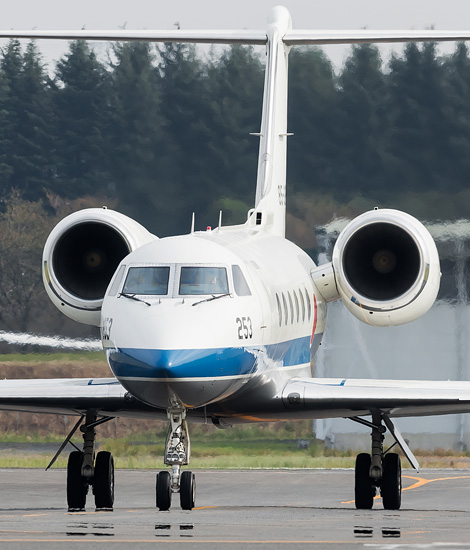
|
Electronical and Tactical Operations; Iruma, November 3, 2019
Development, Testing & Monitoring, part 3; Text and Photograph's by Alex van Noye
To check and inspect the Japanese radar and airport installations, the Flight Check Squadron was formed. Later, an ECM squadron for electronic warfare would also emerge from this squadron. A third electronical observation unit was also withdrawn from these units for monitoring Japanese airspace with aircraft.
One of the best known units of the special squadrons on Iruma is the Flight Check Squadron (Hiko Tenkentai). The squadron is part of the Japanese Special Airlift Group (Tokubetsu Koku Yusodai). The Flight Check Squadron is a unit that inspects all JASDF air security facilities and air traffic control facilities. This concerns more than 167 facilities that are spread over 43 national airbases and other bases in Japan. Inspections of civil and private installations are carried out by the Operation Division of the Air Traffic Control department of the Civil Aviation Office of the Japanese Ministry of Land, Infrastructure, Transport and Tourism. The main inspection tasks consist of the planned flight inspections that are flown for the facilities currently in use. This includes testing the approach equipment and communication equipment from an airport or ground station. Special flight inspections are also carried out after periodic maintenance of facilities. Finally, the unit also flies flight inspections for new facilities and installations. Furthermore, the unit also performs an installation location survey to determine and record the installation location survey. These types of inspections are also flown periodically to determine whether, for example, the runway direction is still correct compared to the compass direction. The Flight Check squadron was established in 1958 and would then fly with the C-46D. From 1971 the squadron flies the YS-11FC. This aircraft is still in use and can be recognized by the red and white checkered markings. The Flight Check Squadron also flies with the U-125 from 1993. This aircraft then replaced the MU-2J and is used for inspection flights.
The ECM Training Squadron (Denshisenkunrenshienki) is specialized in electronic warfare. The history of this unit goes back to 1959. In June 1959, a radar evaluation unit was formed on Iruma Air Base with the primary task of checking the functions of airport radar and radar sites (the Flight Check Squadron). In July 1963, an office within that unit was established to complete the preparations for the independent air
|
|
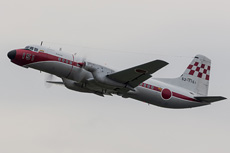
|
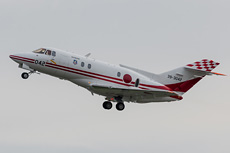
|
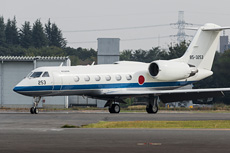
|
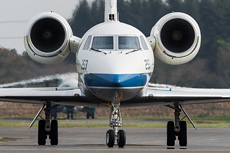
|
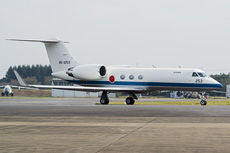
|
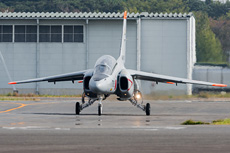
|
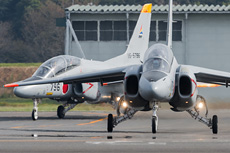
|
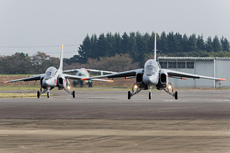
|
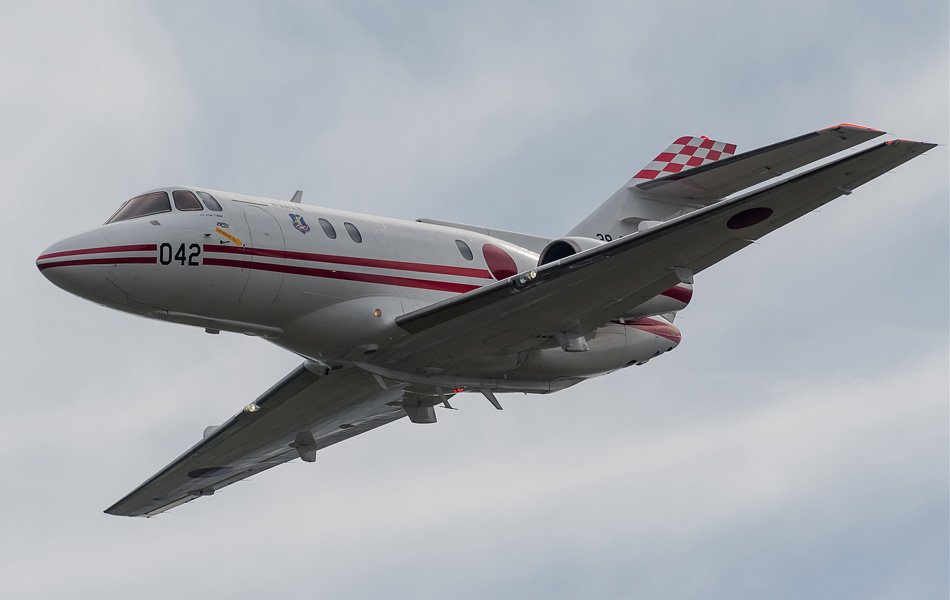
|
operations of the so-called Electronic Countermeasures (ECM) Training Flight. This new unit would be based on Kisarazu Air base and would report directly to the Iruma-based air defense and would report to the Command HQ Squadron. The initial equipment of the new ECM squadron were two C-46D transport aircraft that had been converted to the EC-46D standard. The unit would be upgraded in March 1964. The unit was renamed to Electronic Warfare Support Squadron. This squadron was also going to move to Iruma Air Base on May 31, 1968. A third EC-46D was received by the squadron on November 30, 1970. A T-33A was also equipped with an AN/ALQ-172 pod for electronic countermeasures mounted under the fuselage on December 16, 1971. From this point on, the JASDF started to study the improvement of ECM possibilities for the first time. This later led to the purchase of the YS-11 for ECM tasks.
The first specially modified YS-11C made its first flight as YS-11E from Atsugi on February 9, 1976. The aircraft was converted by Japan Aircraft Manufacturing (NIPPI). The YS-11E had improved jamming capabilities compared to the EC-46D. The first aircraft entered service on February 3, 1977. The second ECM aircraft followed later in February 1979. After the two aircraft entered service, the outdated EC-46D was withdrawn from service on March 11, 1978. In the early days of the Squadron, the pilots mainly came from transport units. From the beginning of the 1980s, more and more combat pilots came to the unit who brought great knowledge to the unit. The possibilities of the ECM squadron were further improved by the arrival of a Kawasaki C-1 which was modified to the EC-1 standard in 1986. An update program was also started in 1991 to improve the YS-11E fleet. The planes received the four-bladed Dowty propellers with more powerful Allison-IHI T64s engines. The aircraft were equipped with improved J/ALQ-7 equipment. A clear external difference were the many radome bubbles that were replaced by knife antennas. The first aircraft known as YS-11E Kai made its first flight on September 12, 1991. The aircraft was quickly renamed to the YS-11EA standard and tested at the Air Development and Test Wing. Eventually the aircraft came into use at the Electronic Warfare Support Squadron in July 1993. After a short period, the name of the unit was changed to the ECM Training Squadron.
The second unit in Japan that specializes in electronic warfare is the Electronic Intelligence Squadron (Denshisokuteiki). This unit is actually more an electronic observation unit which is charged with the electronic signal interception task around Japan. The main tasks here are to conduct flights to the disputed Senkaku Islands in the East China Sea and to monitor missiles launched by North Korea. The real formation of this squadron began in November 1991. Four YS-11 aircraft were moved from the Electronic Warfare Support Squadron to form a new unit. The initial equipment of the new Electronic Intelligence Squadron were two standard YS-11Cs that had been modernized to the YS-11EL standard at the ECM Training Squadron. The first aircraft was equipped with the J/ALR-1 intelligence system in September 1982. After completing a test program at the Air Development and Test Wing at Gifu, the aircraft were delivered to the ECM Training Squadron in 1983. The four YS-11EL aircraft were finally delivered in 1996. Soon the aircraft were modernized to the YS-11EB standard. The most important change here was the update to the J/ALR-2 system. It is not surprising that the aircraft of this unit are painted in a neutral gray color scheme without squadron marks, because they want to operate as unobtrusively as possible. The planes are based on Iruma, but are regularly stationed at other airfields in Japan. from August 1, 2014, the observation unit was moved from under the command of the Electronic Tactics Group to the Air Tactics Development Wing.
|
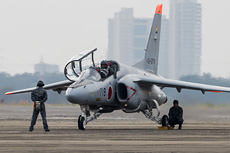
|
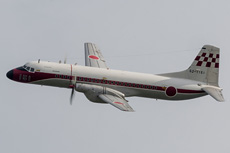
|
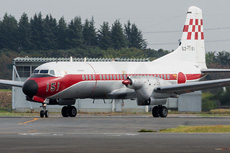
|
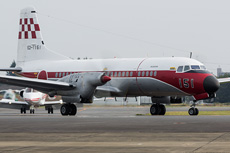
|
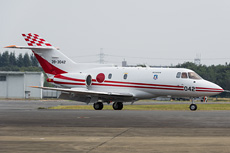
|
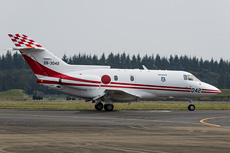
|
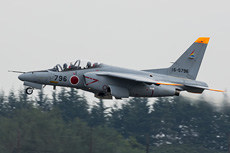
|
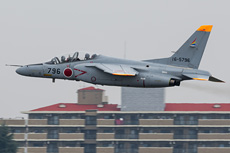
|
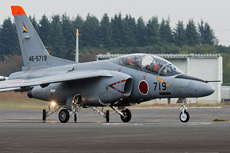
|
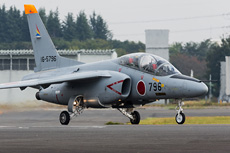
|
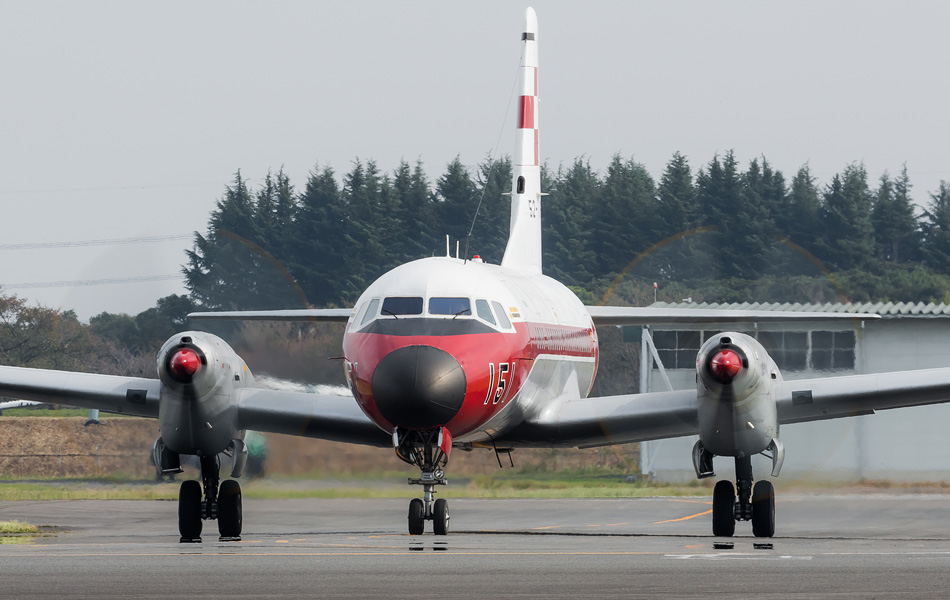
|
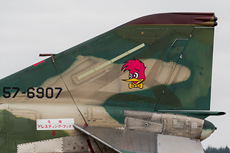
|
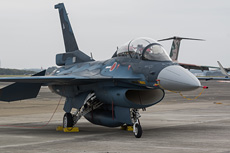
|
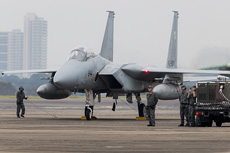
|
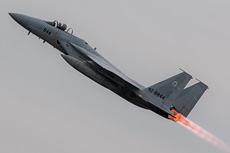
|
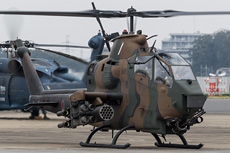
|
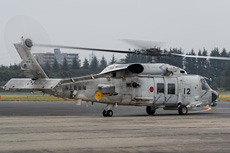
|
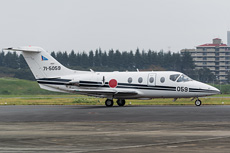
|
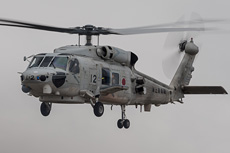
|
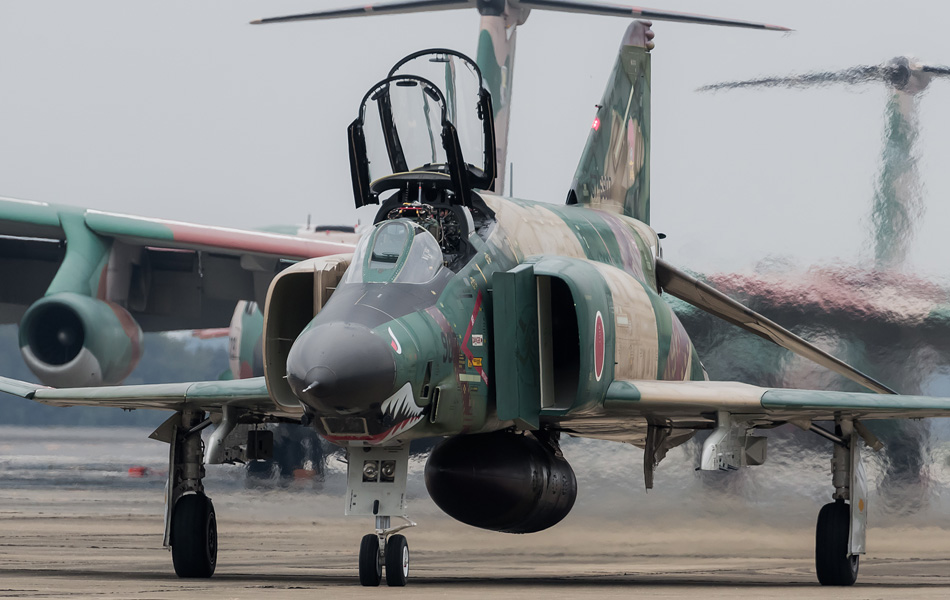
|
|
|

|







